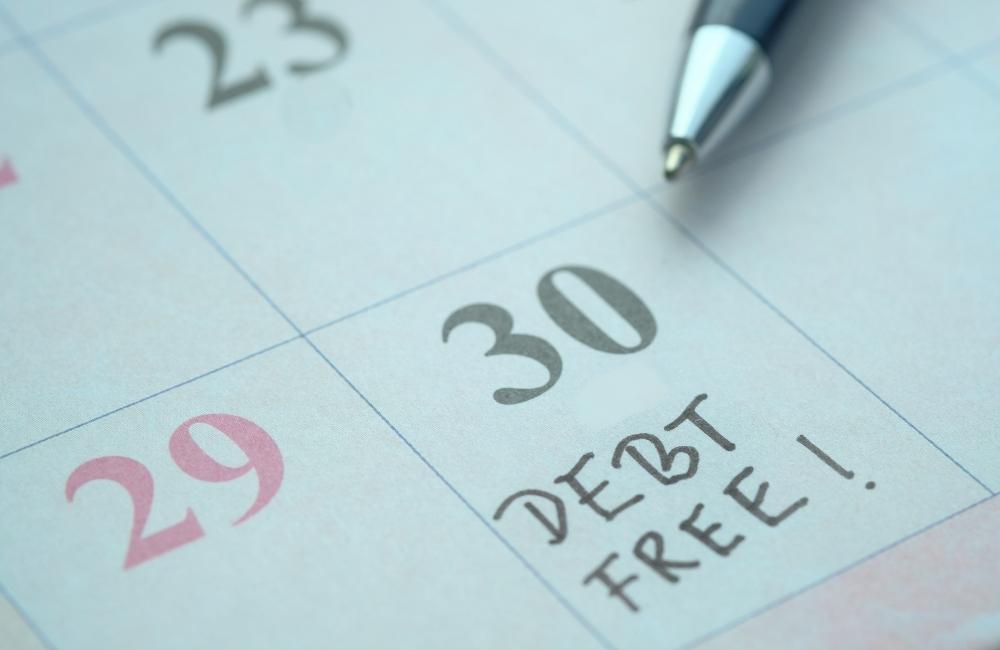Do you envy people who have no debt? Though the goal is within reach of most working adults, especially those who are homeowners, the majority of people never make a debt-free lifestyle a priority. Instead, they go through life with multiple outstanding obligations. For many, it’s a challenge to eliminate credit card balances, vehicle loans, education debt, and other similar financial commitments.

However, for another segment of the population, paying off everything except a primary residence is not only possible but a primary goal. In fact, once you get to the point where the only thing you owe is a mortgage, life can truly change for the better. So, how do people with average incomes create a debt-free lifestyle? Here’s a basic strategy that many have followed. It can work for you, too, as long as you’re patient, disciplined, and single-minded about saying goodbye to indebtedness.
Table of Contents
#1 Assess Your Debt Situation
Do an honest budget analysis and make careful notes about the exact amount of what you owe, to whom it’s owed, the interest rate for each balance, and a contact phone number for each. You’ll need the phones for verifying final payments and requesting written verification once the accounts are paid off. Then create an ideal budget that supports your financial responsibilities and goals of becoming debt-free.
#2 Use a HELOC To Banish High-Interest Obligations
When it comes to long-term financial health, getting rid of high-interest debt is job one. One of the most efficient and cost-effective ways of doing so is to take out a home equity line of credit (HELOC). Most lenders who offer HELOCs charge a variable rate based on how large of a line you request, your current credit rating, and how much equity you’ve built up in your home. For homeowners who are carrying several hefty credit card balances, a HELOC can be the perfect choice to get started out the right way. That’s because credit cards can bleed your budget and prevent you from moving forward with a sensible debt-reduction plan.
#3 Start Small
If money is tight and you have substantial debt, stop obsessing over your debt, and don’t be discouraged. In the early stages, attitude is more important than amounts. Simply make a point to pay down your highest-interest balances first, even if you can only afford $20 or $30 at a time. Eventually, you’ll see positive results and will have the incentive to continue.
#4 Monitor Your Credit Rating
As you begin to pay down the various balances, remember to check your three major credit scores at least twice per year. You get one free report from each bureau annually, so you might have to pay a small fee for the additional one. However, you need the information to make sure creditors are doing their job of correctly reporting your payments.
#5 Accelerate Your Mortgage Payoff
Once you’ve reduced every credit account balance to zero, begin the process of paying off your mortgage early. Now that you’re debt-free, except for your home, there should be additional funds available. Consider making double payments but only after checking with the lender to see that the extra money goes directly to the principal.
Working your way towards creating a debt-free lifestyle isn’t as hard as you think. Once you know the way that works for you, it won’t be hard.